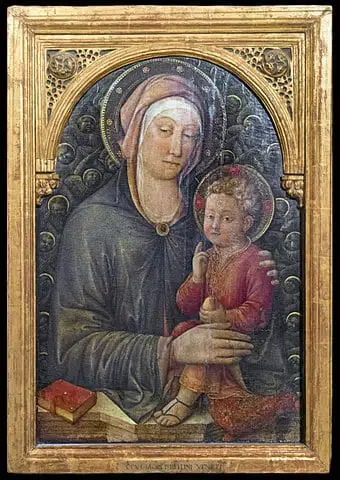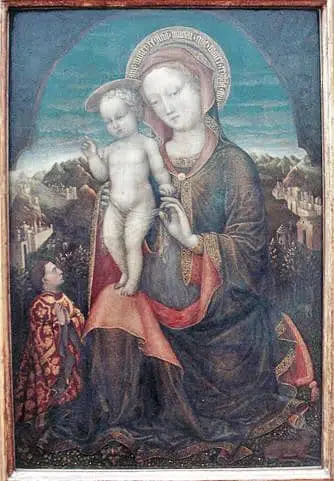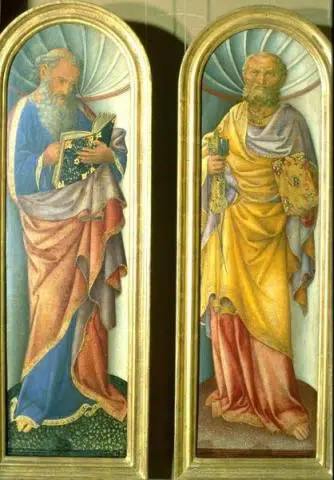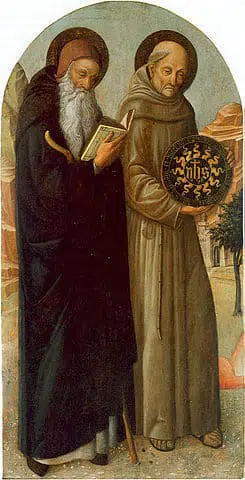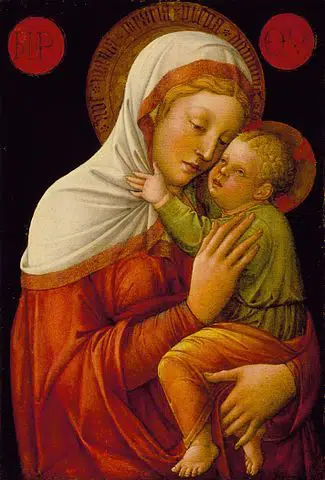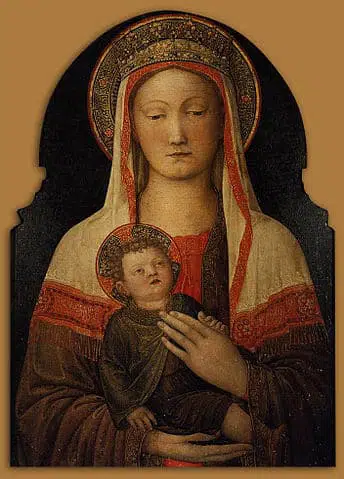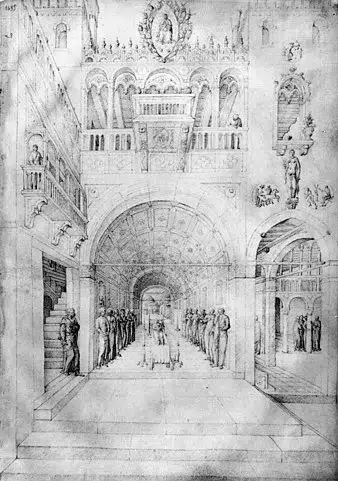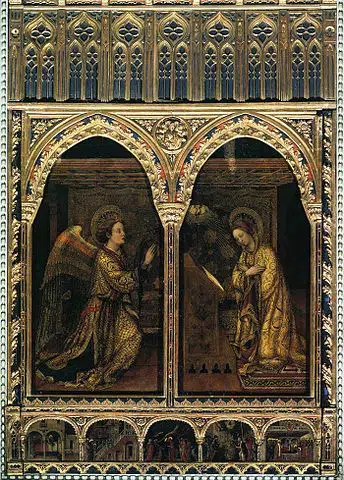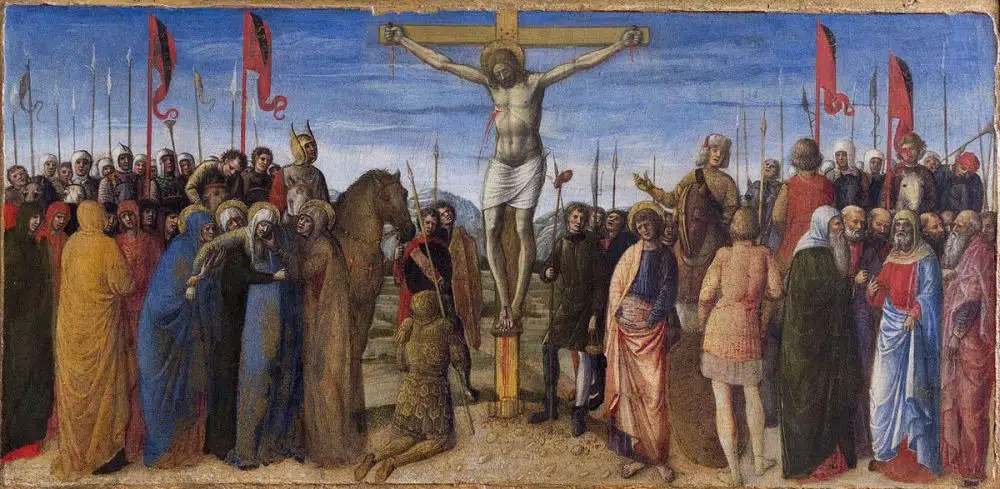
Jacopo Bellini – Venice 1400ca. , Venice 1470ca.
Jacopo Bellini represents a transition from international Gothic to Renaissance. He was a pupil of Gentile da Fabiano, with whom he went to Florence in 1421. Nothing remained of his youthful activity, but we know that in 1430 he had painted a “Saint Michael Archangel” for the altar of the homonymous church in Padua, and a “Crucifixion” frescoe for the cathedral of Verona, both lost paintings.
Jacopo in Ferrara
In 1441 Jacopo Bellini was called to Ferrara to paint, in competition with Pisanello, the “Portrait of Leonello d’Este”. The one that we can admire today at the Accademia Carrara in Bergamo is by Pisanello. Also referring to the Ferrara period is the “Madonna and Child Adored by Lionello d’Este” (Paris, Musée du Louvre). While the “Annunciation” for the church of Sant’Alessandro in Brescia is still from the early forties.
With his sons Gentile and Giovanni
In 1453 his daughter Nicolosia get married with Andrea Mantegna in Venice, linking the Bellini family to the painter. Around 1460 Jacopo worked with his two sons, Gentile and Giovanni, on the largely lost altarpiece of the Gattamelata chapel in the basilica of Sant’Antonio in Padua. In 1465 he was paid for the episodes of the “Life of Mary and Jesus” for the school of San Giovanni Evangelista in Venice.
Jacopo Bellini’s drawing albums
Of Jacopo Bellini there are also two important drawing albums, one kept in the Louvre and the other in the British Museum in London, dating from around the middle of the century.

